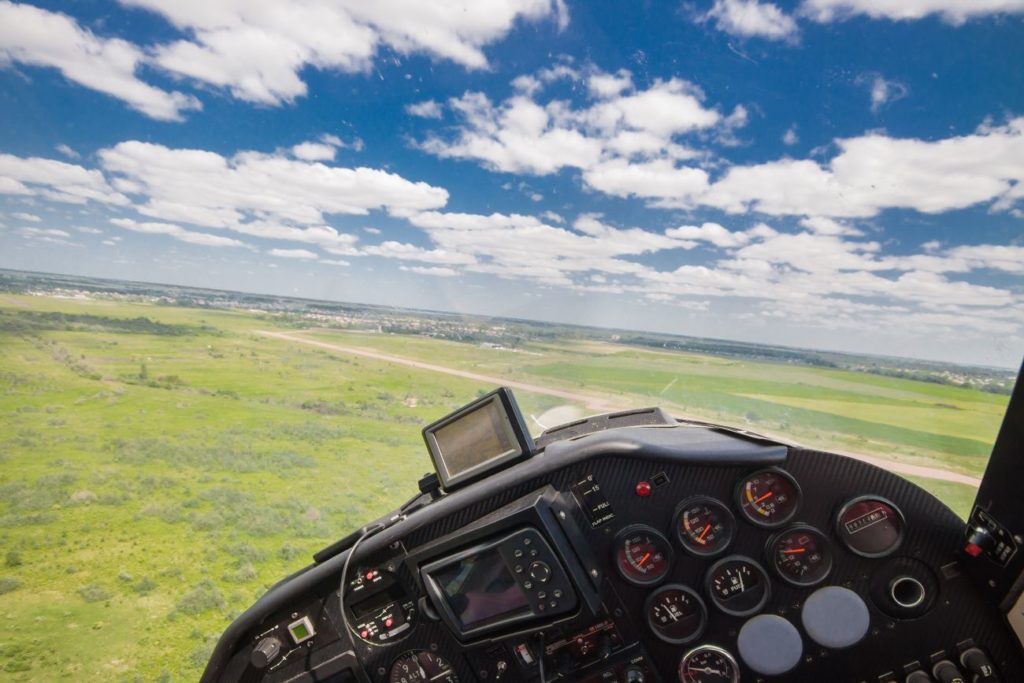
Aircraft equipped with a methane sensor (with or without an additional carbon dioxide sensor) flown downwind of oil and gas processing sites can be used to measure flare efficiency.
Research-grade methane sensorsSensors are devices that measure physical properties such as methane concentration, temperature, or radiance. For measuring flare efficiency the sensor must be capable of measuring methane and in some cases… Learn more… are now routinely available that can be mounted on fixed wing aircraft.
The aircraft are flown downwind of oil and gas operating sites, adopting either a raster formation or perimeter flights.
Total methane emitted from the study area is calculated as the difference between signal intensity upwind and downwind of the study area or through the use of dispersion models that require additional data on wind speed.
A number of sensor technologies are available. For determining flare efficiency the primary choice is between a single methane sensor – which requires additional accurate information on flare flow rates from the operator and a plume inversion model to define the flux of methane originating from the flare , or dual sensor in which the carbon dioxide to methane ratio is used to determine efficiency.
Advantages
Sensitivity - Aircraft mounted methane sensors are amongst the most sensitive of field-deployed instruments with detection thresholds below 1ppb
Distance – Aircraft can cover large areas within a single survey, including flights that require long transit times (eg offshore)
Integrated surveys: Can be used as part of a regional emissions survey – including analysis of all sources of methane
Operates effectively over water
Limitations
Not specific to flaring – the sensor will identify all sources of emissions within the field including venting and fugitives
Requires an expert user to operate the equipment and back-calculate emissions. The majority of applications come from academic surveys, not routine or periodic inspections
Specialist pilots and adapted aircraft are needed to perform the measurements, which may entail flying in close proximity to oil and gas facilities or other aviation constraints with associated permitting requirements
Unless methane and CO2 are measured simultaneously, the efficiency of the flare can only be inferred by reference to production data
Case study
Awaiting copyright approval
Sensors are devices that measure physical properties such as methane concentration, temperature, or radiance. For measuring flare efficiency the sensor must be capable of measuring methane and in some cases other combustion products. The sensor has to be manouvered in to a location where it intersects with the flare plume - either through the use of drone technology or aircraft. Where only methane is being measured, additional data on flare volumes is required to derive combusiton effificiency estimates.